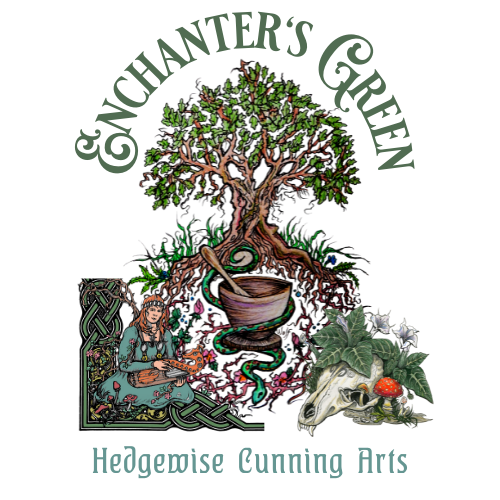forage.fir
The Forager’s Notebook
Notes on Rocky Mountain White Fir
Abies concolor: White fir is a native of the American Southwest, but is grown as an ornamental throughout much of the northern United States. Here in New Mexico, it grows in middle to upper elevation mixed conifer forests, often on north facing slopes. It can often be found in association with Douglas Fir (Pseudotsuga menziesii var. glauca) and Southwestern White Pine (Pinus strobiformis) here in the Gila National Forest.
Like all firs (Abies), White Fir has flat leaves arrange singularly in a somewhat spiral like formation along the branch. These flat, two-sided leaves (as opposed to several sided or round-feeling needles) help to differentiate firs from other conifers, especially those in the Pine family (Pinaceae). White Fir is unique in our bioregion in that it has unusually long leaves (sometimes over two inches long) that are the same color on both the upper and lower side side of the branch.
White Fir is tender and juicy, and when you cut a leaf in half and press down with your fingernail you can often see the aromatic and sticky liquid dripping out of the resin canals. It is also significantly less bitter than Douglas Fir tends to be, making it far preferable for most edible uses. It has a sweet, orange-like flavor that lends itself very nicely to both savory and sweet dishes, and to a wide variety of beverages.
Harvesting
I usually just clip the last several inches of any branch. These fresh fir tips especially tasty when they have new growth. Be sure not to take too much from any one tree, your impact should not be visible to any but the most observant eye.
Additionally, if White Fir is plentiful in your area, you may also want to collect the sap for edible and medicinal uses.
Processing: For edible uses, you will want to strip the leaves from the branches as needed. The tips tend to remain fresh for at least 2-3 weeks, especially in cooler weather, so I often prefer to simply gather as much as I need for that time period and use them fresh. However, the dried plant it also useful, especially for teas and infusions.
For medicinal purposes, both bark and leaves are desirable, and I prefer the fresh plant for all preparations. Exceptions may be made again for infusions or decoctions if needed. Again, store in as whole a form as possible after harvesting to prolong freshness and viability. The sticky pitch may also be gathered when available.
Food Preparation
General Spice: White Fir leaves can be finely chopped and added to almost any dish in need of a little zing, and makes a great local substitute for lemon zest or orange zest in many recipes. It’s certainly not identical to either citrus fruit, but provides a similar note, especially in wild food and game recipes. It is excellent in frittatas, omelets, quiches, venison stew and even on pizza.
Pestos & Sauces: It can also be ground finely and used in a variety of pestos. Because of its resinous character, and somewhat tough (compared to most herbaceous plants) texture, I recommend blending it with other plants for pesto. I especially like
Teas: White fir adds a wonderful sweet citrus note to nourishing infusions and long-steeped teas. When used on its own as a beverage, it seems best prepared as a short decoction, lightly simmered for about 15-20 minutes. It’s flavor greatly compliments the rich, nutty flavor of roasted Southwestern acorns in teas.
Medicinal Notes
Abies spp. have a great number of medicinal applications which I will only touch on here.
Like Pinus spp. the resin is very useful (but somewhat milder) as a drawing agent to pull out splinters, and as an anti-bacterial wound covering. It can also be taken internally in small doses (a single pinch at a time) as an effective expectorant in chronic or cold, boggy, non-productive coughs. White Fir leaf and bark syrup is generally considered a more palatable preparation for the same affliction, and also useful for sore, achy throats.
An infused oil can be made of the leaves and is useful in the treatment of sore or stiff muscles. The same oil can be made into a general salve, and will be stronger if combined with melted Fir pitch. I especially like this salve when the White Fir needles are combined with Cottonwood buds, Piñon Pine pitch and Artemisia leaves. Not only is it very effective in healing wounds and abrasions, it smells amazing!
The bark and leaf decoction is a stimulating diaphoretic and has long been used to assist in relieving unproductive fevers. The same decoction is anti-inflammatory and very soothing to eczema, hives and many rashes, especially those of a chronic nature.

